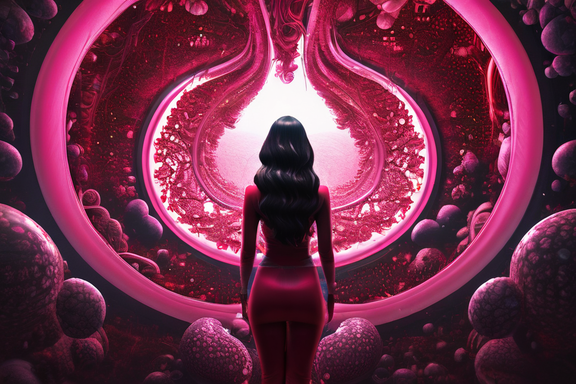Understanding the Woman Reproductive System: An Intricate Marvel of Life
The woman reproductive system is a complex biological mechanism, crucial not only for the birth and nurturing of new human life but also for ensuring hormonal balance and overall health. From the monthly release of eggs during ovulation to the intricate hormonal interactions that support pregnancy, this system represents a truly miraculous process. In this article, we’ll explore the anatomy, function, and significance of the woman reproductive system to enhance your understanding and dispel common misconceptions.
Anatomy of the Woman Reproductive System
The female reproductive system consists of several key organs, each with a distinct function. The primary components include:
- Uterus: Often described as a muscular organ, it’s where a fetus develops after conception.
- Cervix: Acts as the gateway between the uterus and the vagina, playing an important role during childbirth.
- Vagina: The canal that connects the external genitals to the cervix of the uterus.
- Ovaries: These are the primary reproductive organs responsible for producing eggs (ova) and secreting hormones like estrogen and progesterone.
- Fallopian Tubes: Once each month, an egg released by the ovaries travels down these tubes towards the uterus, where fertilization may occur.
This remarkable system ensures the possibility of conception, implantation, and childbirth. To understand more about the body's internal processes, explore how woman reproductive system functions.
Functions of the Woman Reproductive System
The role of the woman reproductive system extends far beyond reproduction. It regulates hormonal balance, supports pregnancy, and prepares the body for the possibility of fertilization during each menstrual cycle.
- Ovulation and Fertilization: Once per menstrual cycle, an egg is released from the ovaries during ovulation and travels down the fallopian tube. If sperm fertilizes the egg during this journey, it implants in the uterine lining, initiating pregnancy.
- Menstrual Cycle: If fertilization does not occur, the uterine lining sheds during menstruation, marking the beginning of a new cycle. Learn more about the menstrual cycle and its phases by visiting this resource.
Hormonal Regulation: The Role of Estrogen and Progesterone
Hormones such as estrogen and progesterone regulate the woman reproductive system, influencing the menstrual cycle, pregnancy, and secondary sexual characteristics. Estrogen is responsible for developing female traits, while progesterone prepares the uterus for pregnancy.
Common Misconceptions
There are many misconceptions surrounding the woman reproductive system. One common myth is that women ovulate on the 28th day of every cycle. In reality, ovulation can occur at varying times, influenced by factors such as stress, illness, and hormonal imbalances. If you're concerned about irregular periods, don’t hesitate to consult a healthcare provider. Check out this article to better understand your menstrual cycle.
Importance of Reproductive Health
Maintaining reproductive health is essential for overall well-being. Regular gynecological checkups, Pap smears, and pelvic exams can help detect early signs of complications such as infections or cancers. Additionally, practicing safe sex and using reliable contraception can prevent sexually transmitted infections and unplanned pregnancies. Learn about the different contraceptive options to make informed reproductive choices.
Conclusion
The woman reproductive system is a marvel of nature, intricately designed to support life from conception to birth. Understanding its anatomy, function, and importance in maintaining health is key to empowering women to make informed decisions about their reproductive well-being. For more on this, you can read about how women’s reproductive health affects various aspects of life, including hormonal health and sexual well-being, at this link.












